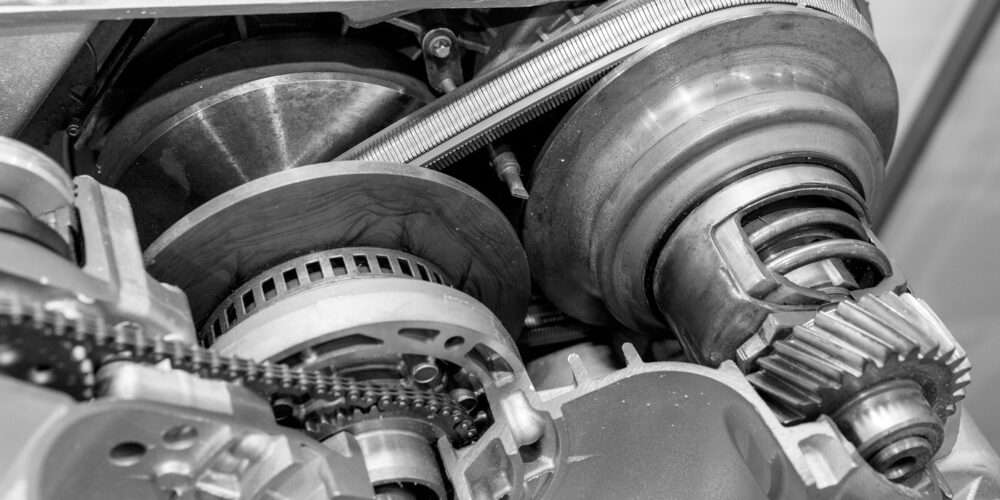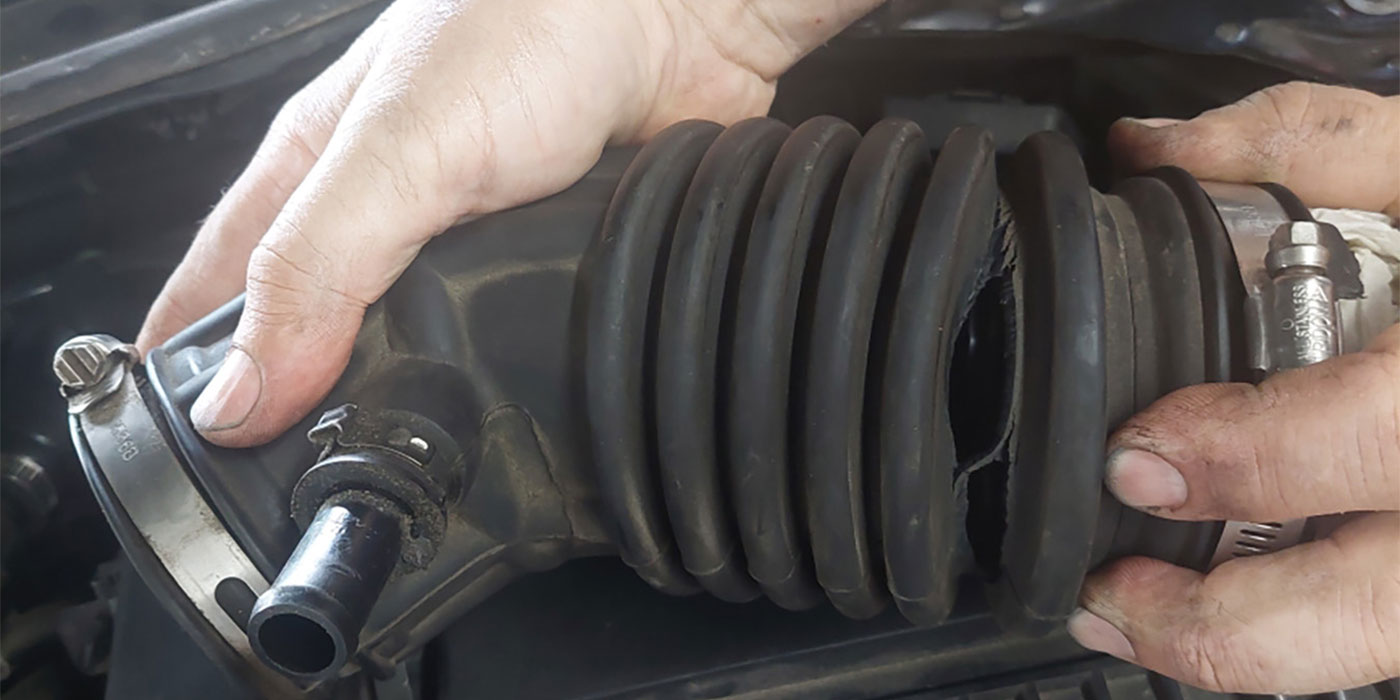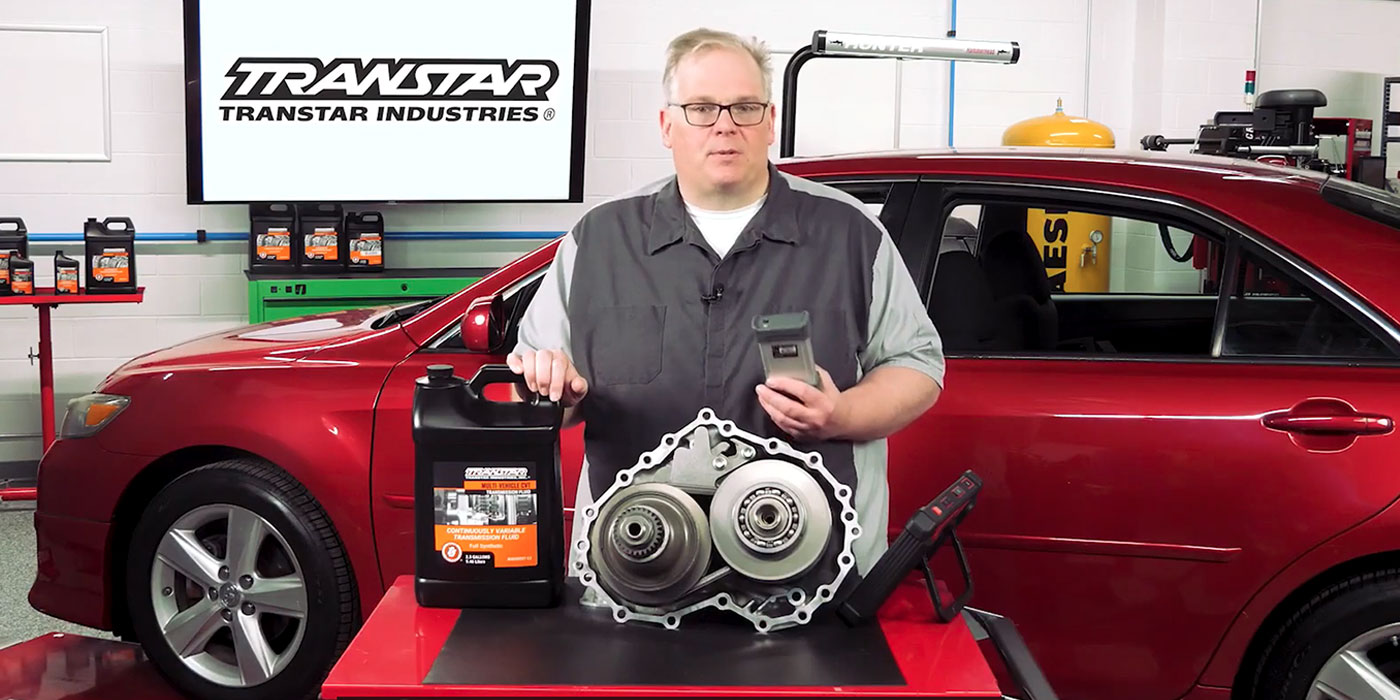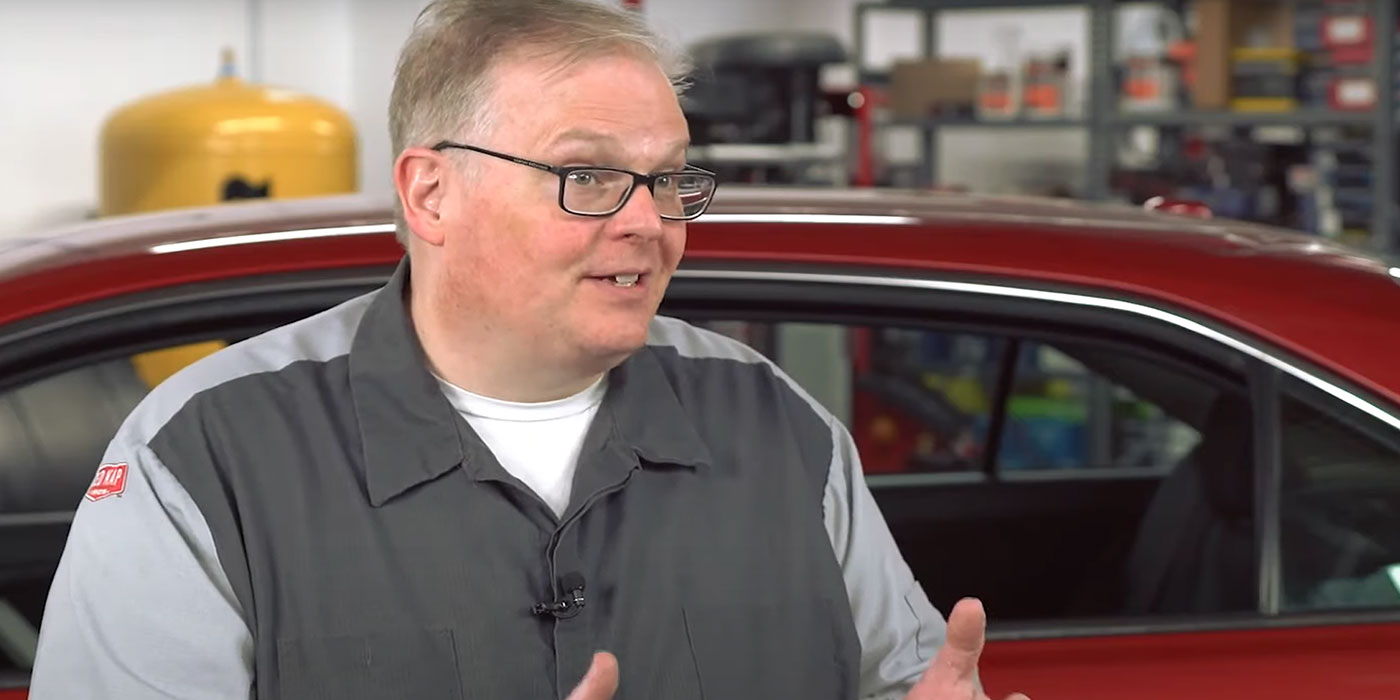When it comes to the continuously variable transmission, or CVT, it seems drivers either love it or hate it.
I belong to the former camp. My last two vehicles have had a CVT, and I can’t imagine going back to a traditional automatic transmission. I’m reminded of my affinity for the CVT whenever I drive a rental car. After years of everyday driving with a CVT, the hard shifts of a conventional transmission feel crude, jarring and ungainly to me.
With that said, I realize I might be in the minority here.
There seem to be legions of CVT haters out there, perhaps for some legitimate reasons. Purists say the CVT lacks soul and personality – that it creates a disconnected driving experience – while other critics lament that the CVT is unresponsive and noisy. Some complaints stem from the fact that the CVT gearbox has a reputation for being failure-prone and expensive to repair. Also, it’s been reported that CVTs only last about half as long as traditional transmissions (yikes).
If any of that is true, it begs the question: Why CVT? It’s at least a two-part answer, and the first part requires a quick review of how CVTs work.
A traditional transmission consists of a fixed set of physical gears in a planetary-style arrangement, with each gear providing a specific fixed gear ratio. By contrast, a continuously variable transmission has no gears. Instead, a CVT employs a steel belt or chain connected to a pair of variable-diameter pulleys to vary its gear ratios. By adjusting the diameter of the two pulleys, a CVT can make on-the-fly adjustments through an unlimited range of ratios to match the speed and power demands of the current driving situation.
A computer-controlled, hydraulically actuated system changes the CVT’s ratios during driving. “When a gear-ratio change is needed, one set of pulley faces is pushed together, and the other is drawn apart,” Honda explains on its website.
What does all this mean for drivers? Well, the CVT is a smooth operator. With “stepless” gear ratios, the CVT eliminates the shift shock of a conventional automatic transmission – delivering a smooth progression through the range of speeds and (for me, at least) a more enjoyable driving experience. In a 2004 New York Times article, Don Sherman compares the absence of noticeable gear shifts in a CVT to “riding an escalator instead of climbing the stairs.”
Because of the CVT’s inherent ability to quickly shift into the correct gear ratio based on the demands of the moment, automakers claim that CVTs deliver improved acceleration and responsiveness compared to conventional automatics.
I’ve also read (and experienced firsthand) that a CVT performs better in uphill driving than a traditional automatic. While a conventional automatic might struggle to find the right gear ratio during an ascent, a CVT can find the precise ratio with relative ease – maintaining seamless acceleration without the herky-jerky shifting that can add to the anxiety of driving uphill.
Smooth acceleration and a pleasant driving experience are all well and good, but there’s one other benefit of CVTs that I think the automakers love most: better fuel economy.
While traditional transmissions use fixed gear ratios that force the engine to run at specific RPM, CVTs continuously adjust the ratio to match the engine’s power output to the vehicle’s speed and load. This allows the engine to work in its sweet spot, resulting in reduced fuel consumption.
“The range of drive ratios available is infinite, allowing optimal engine tuning for efficiency,” as Honda puts it. At the end of the day, I think automakers view the CVT as a viable strategy to squeeze more power and efficiency out of smaller engines. I know that’s of little solace to the CVT haters out there. For purists who love the sound and feel of upshifting and downshifting, the CVT is anathema. But, as long as CVTs help automakers meet their overall fuel-economy targets, I don’t see them going away anytime soon.
This article was originally published by our sister site, Counterman Magazine.














